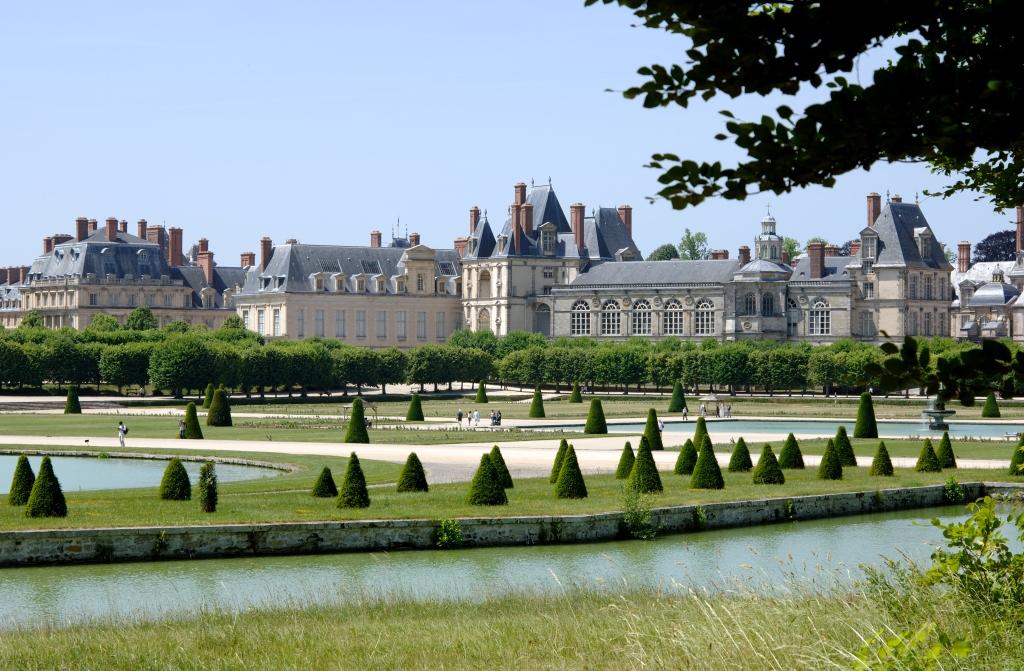The art and architecture of the Château de Fontainebleau in France influenced the evolution of art not only in France but also across Europe.
From the 12th to the 19th century, the kings and queens of France lived at the Château de Fontainebleau. First, King Louis VII built a hunting lodge and chapel on the site. Then in the 13th century, King Louis IX (St. Louis) transformed the lodge into a château.






